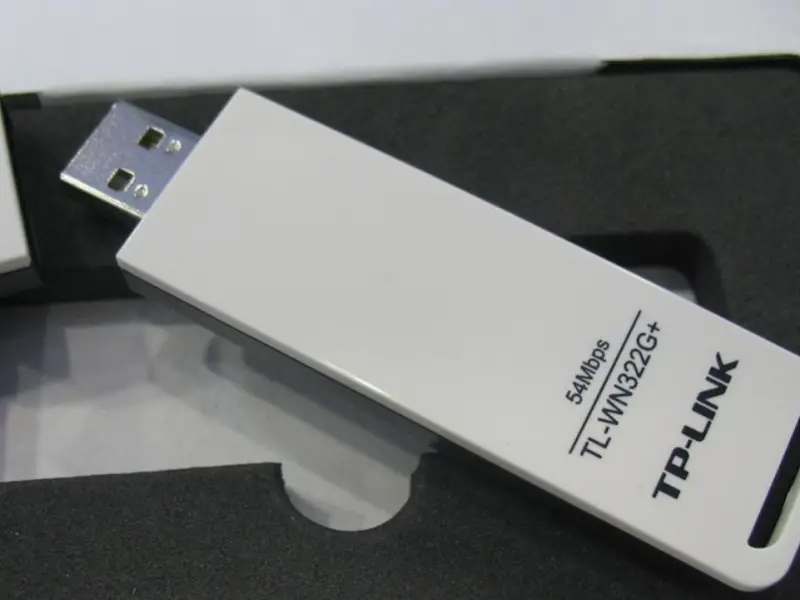- A wireless network card is a hardware device that enables devices to connect to wireless networks by transmitting and receiving data over radio frequencies.
- It plays a crucial role in providing wireless internet access and connectivity, making it an essential component for modern devices in the digital age.
A wireless network card is a crucial component for devices looking to connect to the internet or communicate with other devices wirelessly. Understanding how they work and the factors that affect their performance can help in making informed choices when selecting a wireless card for your needs. This blog will explore what a wireless network card is, how it functions, and its importance in our increasingly connected world.
Understanding wireless network cards
A wireless network card, commonly referred to as a Wi-Fi card or wireless adaptor, serves as a vital hardware component that facilitates connections between computers and other devices to wireless networks. Functioning through the transmission and reception of data via radio waves, these cards play a fundamental role in enabling wireless communication and Internet access for a wide range of devices.
Wireless network cards come in various forms, including USB dongles, PCI cards, and integrated modules found in laptops and mobile devices. Housing both transmitters and receivers, these cards interact with wireless routers or access points, adhering to Wi-Fi standards such as 802.11a, 802.11b, 802.11g, 802.11n or 802.11ax to establish seamless connections with wireless networks. Through their capabilities, wireless network cards empower users to effortlessly navigate through available networks, select their desired connection, and initiate communication with wireless routers for the exchange of data over the network.
Also read: What is the most widely used local area network protocol?
How a wireless network card works
Signal detection: The wireless network card’s antenna detects signals emitted by a nearby wireless access point or router, scanning for available networks within its range.
Data transmission: Upon detecting signals, the network interface card (NIC) within the wireless card processes the received data, converting it into a format that the device can interpret and utilise for communication.
Connection establishment: Once the signals are processed, the wireless network card initiates the connection with the identified wireless access point or router, establishing a link for data transfer between the device and the network.
Security protocols: To safeguard data transmissions, wireless network cards support various security protocols like WPA2 (Wi-Fi Protected Access 2) and WPA3 (Wi-Fi Protected Access 3). These protocols encrypt data exchanged over the network, enhancing privacy and shielding against unauthorised access attempts, ensuring a secure wireless connection.
Also read: Digital safety unlocked: The vital role of network security protocols
Advantages of wireless network cards
Wireless network cards provide numerous advantages, including increased mobility as users can connect to networks without the constraints of Ethernet cables, allowing for greater freedom of movement. These cards are typically plug-and-play, simplifying installation and usage for users with minimal technical expertise. Additionally, wireless network cards offer cost-effectiveness by providing reliable connectivity at a relatively low cost compared to the flexibility and convenience they bring to network access.

